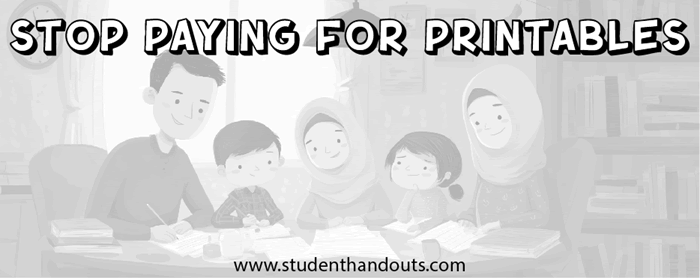Utilizing outlines and PowerPoints is an effective strategy for helping high school World History students understand the complex events of the Protestant Reformation. Outlines provide students with a clear and organized framework to follow, allowing them to identify key events, figures, and themes such as Martin Luther's 95 Theses, the role of the printing press, and the Catholic Church's response through the Counter-Reformation. By summarizing information into major topics and subpoints, outlines help students grasp the sequence and connections between ideas, encouraging critical thinking and aiding in note-taking and review.
PowerPoints further enhance learning by combining visual aids, bullet-point summaries, maps, and images to support various learning styles. Teachers can use slides to highlight important figures like John Calvin, Henry VIII, and Pope Leo X, while including images of historical documents, art, and architecture to bring the period to life. PowerPoints also make it easier to present and reinforce complex information in digestible sections, helping students stay engaged and focused.
Together, outlines and PowerPoints support comprehension, retention, and classroom discussion. They offer a structured yet flexible approach to teaching the Reformation, making it easier for students to follow the timeline of events, understand cause-and-effect relationships, and connect the Reformation to broader historical changes in Europe.
|








